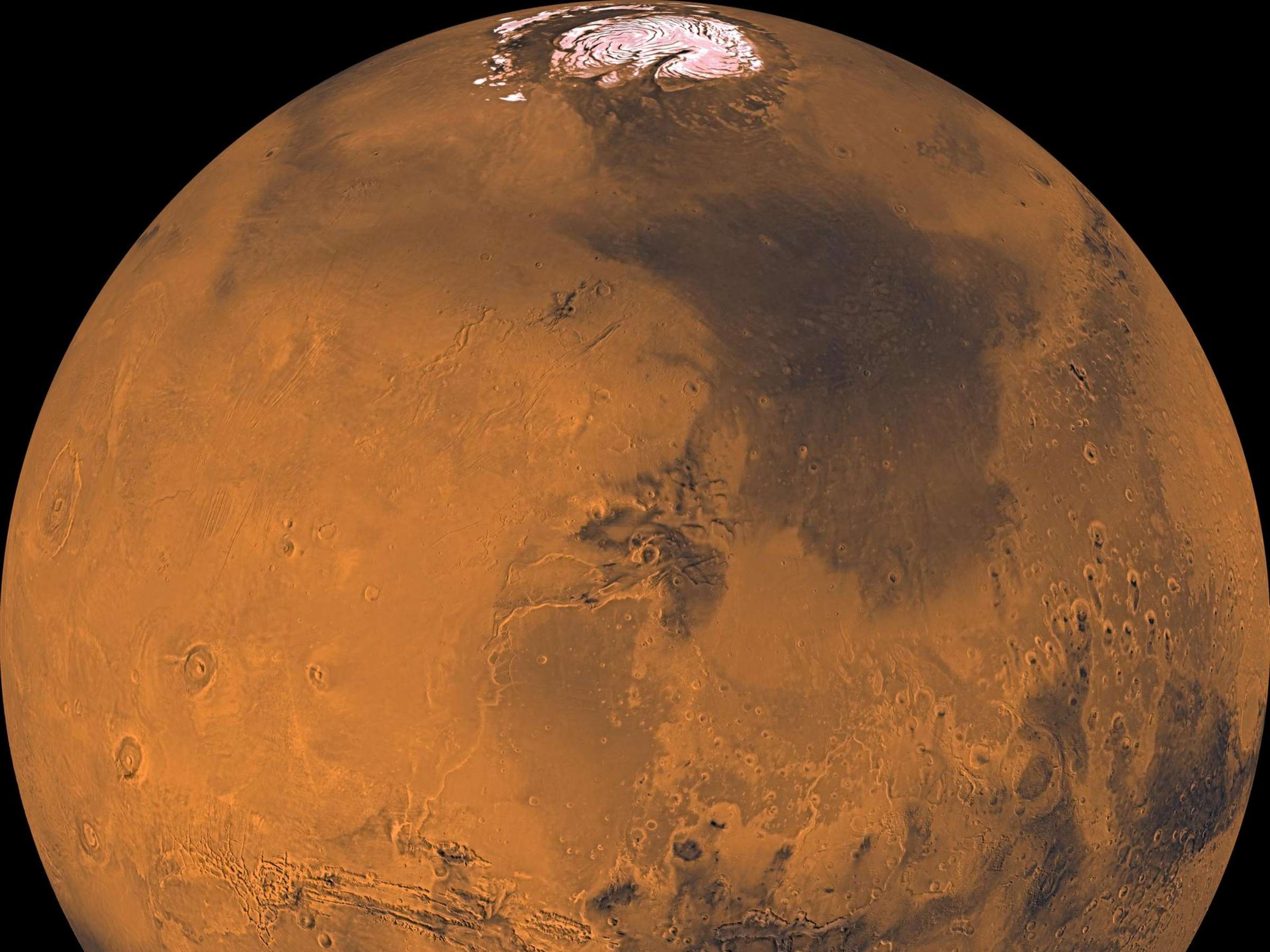Although it was long thought that water on Mars only existed as ice, recent studies suggest that liquid water may still exist there.
Mars may have an underground water reservoir, according to recently released data from a decommissioned NASA project. The main drawback is that it looks to be really deep below the planet’s surface.
The information was obtained by NASA’s InSight lander, which examined Mars’ interior from 2018 to 2022.
According to the study’s scientists, there is enough water in the planet’s innards to fill an ocean on its surface.
According to the research, which was published in the Proceedings of the National Academy of Sciences, water as deep as one mile (1.6 kilometers) may completely submerge Mars.
But getting to the water reservoir itself would be a difficult task.
The water sits between seven and twelve miles (11.5 and 20 kilometers) below the surface of Mars, which makes it very challenging to reach.
Still, these are really interesting results that add much-needed fresh information to our understanding of Mars’ geological past.
They also encourage more investigation into the possible implications of this water resource for life on Mars.
In a statement, lead study author and assistant professor and geophysicist at the University of California, San Diego’s Scripps Institution of Oceanography, Vashan Wright shared: “Understanding the Martian water cycle is critical for understanding the evolution of the climate, surface and interior.”
“A useful starting point is to identify where water is and how much is there,” he stated.
The University of California, Berkeley professor of Earth and planetary science and co-author Michael Manga added, “Establishing that there is a big reservoir of liquid water provides some window into what the climate [on Mars] was like or could be like.”
“Water is necessary for life as we know it. I don’t see why (the underground reservoir) is not a habitable environment,” he continued. “It’s certainly true on Earth – deep, deep mines host life, the bottom of the ocean hosts life. We haven’t found any evidence for life on Mars, but at least we have identified a place that should, in principle, be able to sustain life.”

